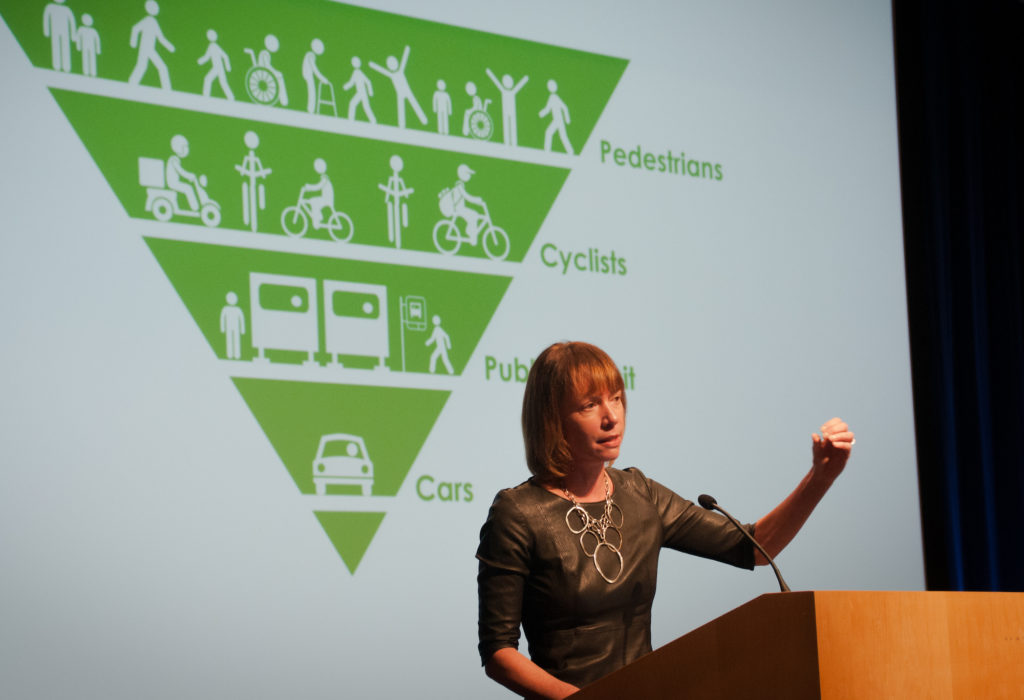A common factor of successful mobility projects is the presence of a political champion or visionary. Strong institutional leadership is necessary to foster innovative policy development and project implementation, especially when trying to shift the status quo, as is the case in building streets that are friendly to NMT users. An initial step in interventions to improve the NMT environment is therefore the identification of a committed official who can drive the agenda through to completion.
London’s bikeshare scheme was nicknamed “Boris’ Bikes” after Mayor Boris Johnson. Mayor Johnson’s determination to increase the use of cycling in London by improving infrastructure and setting cycle sharing as a top priority created the context for a successful and innovative system. While the London scheme is overseen by the city’s transport department, Transport for London, and operated by a private company, the support of the mayor’s office was the key to success. Mayor Johnson’s successor, Sadik Khan, appointed the first Commissioner for Walking and Bicycling in 2016. The Commissioner is tasked with implementing the Healthy Streets plan, which seeks to expand the use of active modes of transport.
In New York, the political leadership of Mayor Michael Bloomberg and Transport Commissioner Janette Sadik-Khan drove transformative changes in the city’s streets, including the introduction of traffic calming measures, dedicated cycle lanes, and new public spaces. The administration took the risk of launching the pedestrianisation of Times Square just before a mayoral election. Transformation of the NMT environment in cities as diverse as Paris, Copenhagen, Seoul, and Curitiba resulted from the visionary leadership of municipal officials and their willingness to take risks. In sum, the value of key actors and organisations in initiating, designing, and implementing projects cannot be understated.
